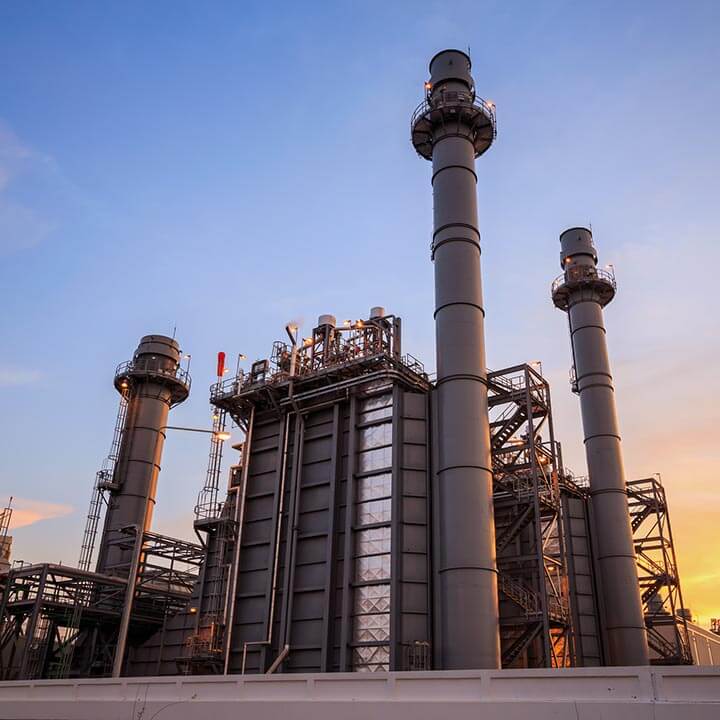Up for review – what the BAT Conclusions on Waste Incineration mean for energy-from-waste operators
12th March 2020
Energy-from-waste incineration and biomass co-incineration installations must operate within emissions limits contained in their Environmental Permit. These limits are set by the Environment Agency to comply with EU Best Available Techniques (BAT) reference documents (BREFs).
The Commission Implementing Decision (EU) 2019/2010 establishing BAT conclusions for waste incineration (the Decision), published on 3 December 2019, introduces updated limits and compliance requirements. The new standards apply immediately to new installations. For existing installations, the Environment Agency has four years from the Decision to update permit conditions. Updated permit conditions could require energy-from-waste operators to engage in expensive retrofitting work to bring their installations into compliance.
The previous emission limit values for waste incineration were laid out in the Industrial Emissions Directive (2010/75/EU) (the Directive). In contrast to the Directive, the Decision expresses the majority of emission limit values as a range rather than as a fixed figure. The Environment Agency is in the process of assessing the practical impact on energy-from-waste operators with a view to issuing guidance on how it will implement the Decision shortly.
It is anticipated that the Environment Agency will adopt the limit values at the upper end of the applicable ranges for existing or new plant unless there are specific local requirements which require a tighter limit. However, if emission limit values are set below the maximum values, operators could face considerable costs in meeting more onerous permit conditions.
In individual cases, the Environment Agency can set less strict, temporary emission limit values if the operator can prove that compliance with the industry-standard values would lead to disproportionately higher costs compared to the environmental benefits due to certain factors and provided that the Environment Agency is satisfied that no significant pollution will be caused and that the environment will be protected to a high level.
Practical considerations
Operators of waste incineration and biomass co-incineration installations should be engaging with the Environment Agency and considering how their installations will be affected by the Decision. The Environment Agency is expected shortly to issue guidance including dioxide and mercury monitoring protocols. It is hoped that the guidance will provide certainty for operators and avoid the need for operators to undertake expensive plant upgrades to meet new permit conditions.
Should you wish to discuss any of the issues raised with our environmental and energy specialists, please contact ben.sheppard@walkermorris.co.uk.


